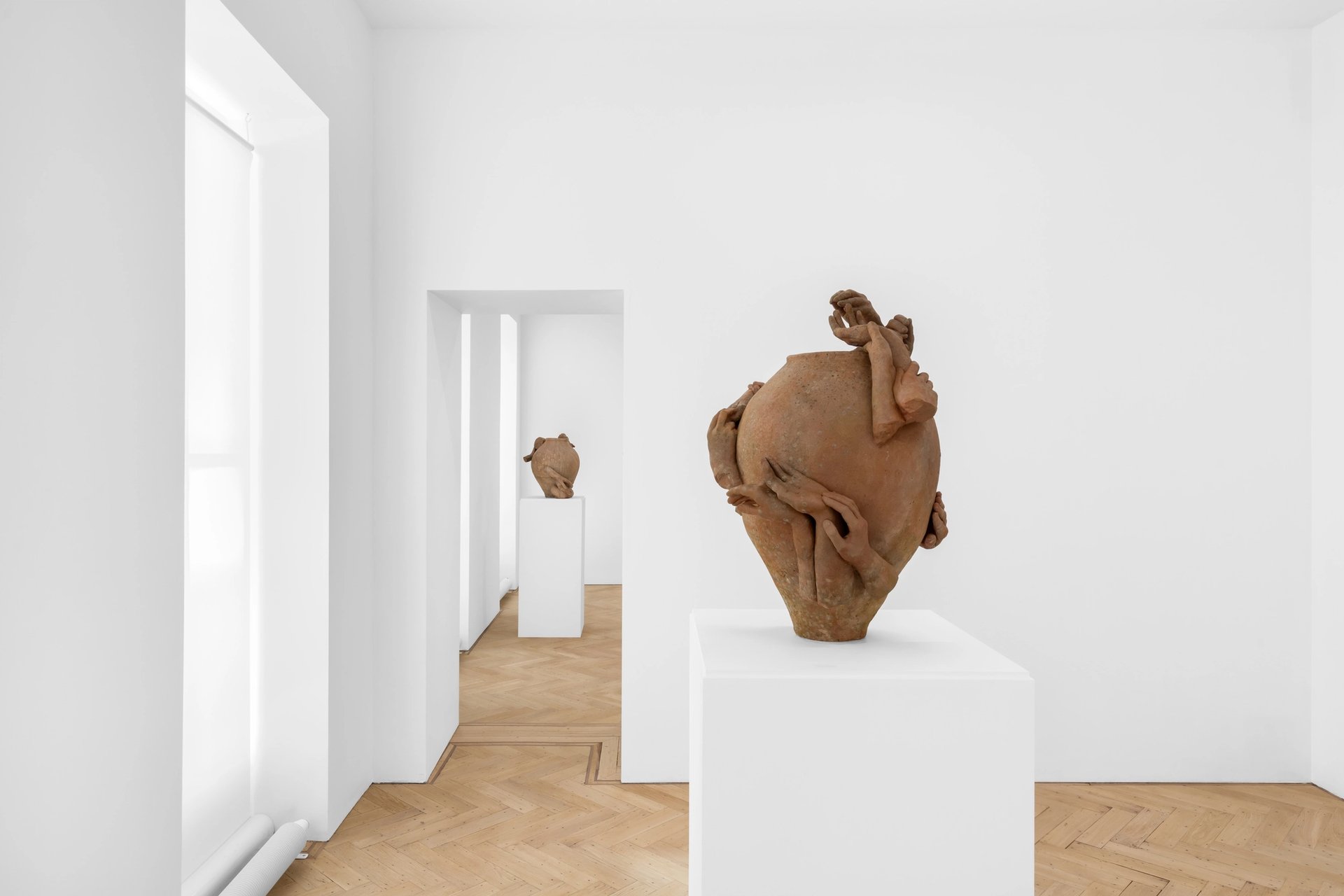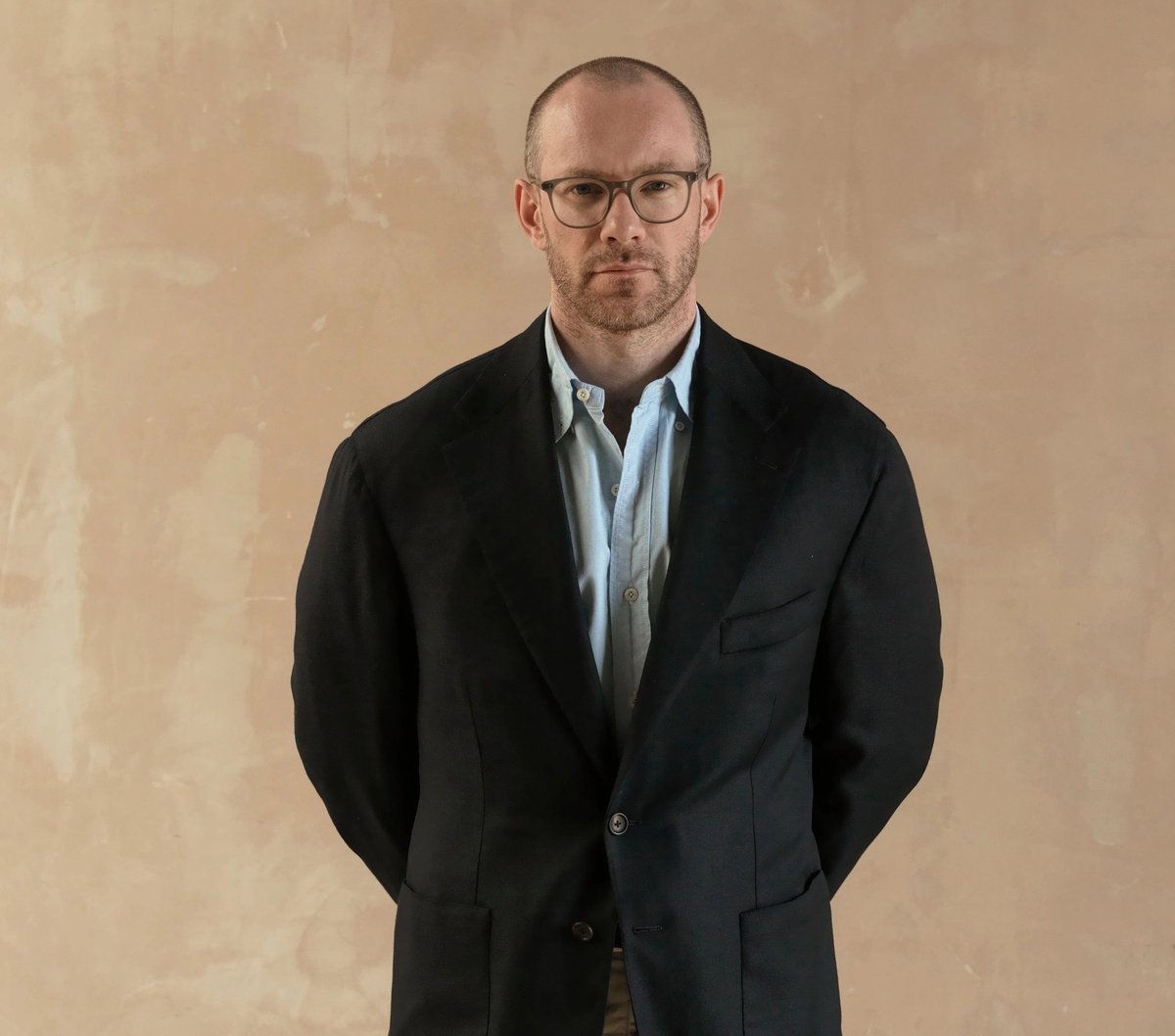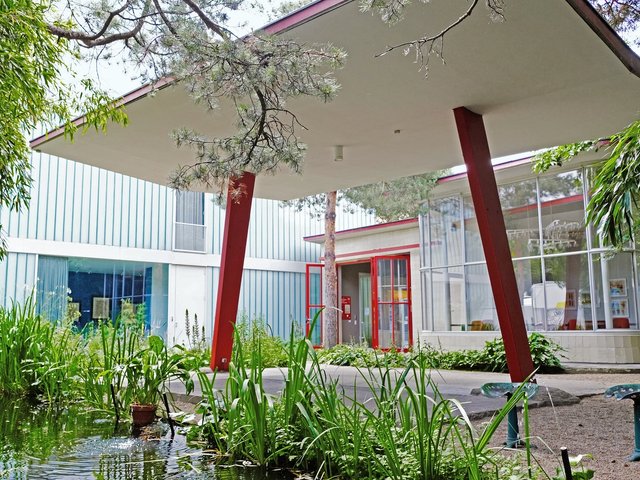Every week, it seems, we hear news of another gallery closure—this year alone, Clearing, Blum and TJ Boulting, to name a few, have bitten the dust.
But at the same time, others are seemingly bucking the downward trend, among them the London art dealer Ben Hunter, who this October will open a newly expanded gallery, occupying an entire townhouse at 44 Duke Street in the central London neighbourhood of St James’s.
Hunter worked for the Old Master paintings dealer Derek Johns and the sculpture specialist Robert Bowman before founding his own gallery in 2018. For a brief period in the lead-up, he also ran the gallery Hunter / Whitfield with Orlando Whitfield. (Whitfield is perhaps best known now for his book All That Glitters, in which he recounts the many misdemeanours of his former friend, the convicted fraudster Inigo Philbrick.)
Hunter started with office space in St James’s, before taking over part of 44 Duke Street in 2020. Gradually, as others left, he took more space. Hunter tells The Art Newspaper, “When [the lease for] downstairs came up, I thought, why not reconsolidate what is a small but beautiful townhouse that has been carved up over decades?” The building, in which Jay Jopling initially set up White Cube in 1993, occupies the same block as Christie’s, Hunter’s landlord.
What is the financial case for making such a big investment in a historic building that requires substantial refurbishment? “Well, I think that there are lots of things that feed into it,” Hunter says. “We're in an extremely competitive marketplace, particularly in the primary market, and as a dealer, you have to match the ambition of your artists as well. It keeps them engaged to have a new context in which to show their work. But also, sometimes you just have to go for it when an opportunity arises.”

Clementine Keith-Roach, Nothing that has ever happened is lost (2025)
Courtesy of the gallery and the artist
Hunter’s business model is “pretty pluralistic”, he says. “We’re not relying on one artist to bring in the lion’s share of the revenue. Even if prices have come off a bit, it doesn't mean that there isn’t an appetite to buy at the right price. As long as your overheads aren’t way out of kilter with your ability to conclude transactions and make some profit, there’s still room for growth.” He adds, “Our business is very stable, we have cash reserves.”
Art fairs, Hunter is quick to add, “are now as much of a financial commitment as a building—they’ve gone up [in price] by so much”. The gallery participates in Tefaf in Maastricht and New York, Frieze Masters and Frieze New York. “These are now running huge costs,” Hunter says, pointing out that shipping costs alone have gone up extortionately. “We used to ship works to and from New York in the low thousands; now we often get a £10,000 bill for a single picture.”
Fairs do, however, provide “extremely helpful transaction environments”, he adds. “Having said that, my business doesn’t rely on art fairs, but it does rely on having a beautiful space that is inspiring for both collectors and artists. My artists are increasingly working on very ambitious museum projects and with other, bigger galleries, so I’m excited to create a space that’s commensurate with those other environments.”
How does Hunter position his gallery within the market?
Ben Hunter Gallery trades in primary and secondary market works of largely international and post-war British art. Hunter describes it as “sitting somewhere between a primary gallery and a more old-fashioned art dealer”.
He continues: “We sell on consignment and also hold stock. We do both. We don’t have an external investor in the gallery, and the secondary market certainly doesn’t underwrite the primary programming.”
He sees further opportunities for scholarship and engagement in undervalued post-war British art in particular, and enjoys playing with the juxtapositions between contemporary and 20th-century artists: “We work with an amazing sculptor called Clementine Keith-Roach—I’m just as interested in how she contextualises Henry Moore as how Henry Moore contextualises her. Increasingly, I don't really see any delineation between the primary and secondary markets.”
The newly renovated gallery will open for Frieze Week in October (with the exact date to be confirmed) with a mixed show, titled simply 44 Duke Street, of new work by gallery artists, including Keith-Roach, Phoebe Boswell and Christopher Page, alongside 20th-century works by Frank Auerbach, Ithell Colquhoun, Henry Moore and Bridget Riley. Hunter will also exhibit at Frieze Masters, showing predominantly post-war British art.




